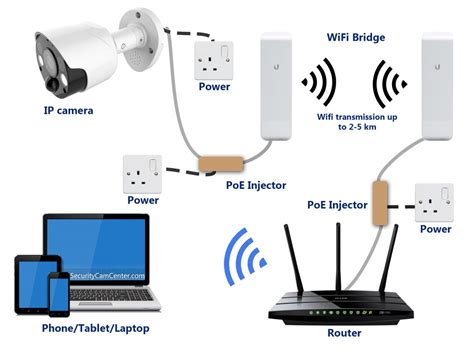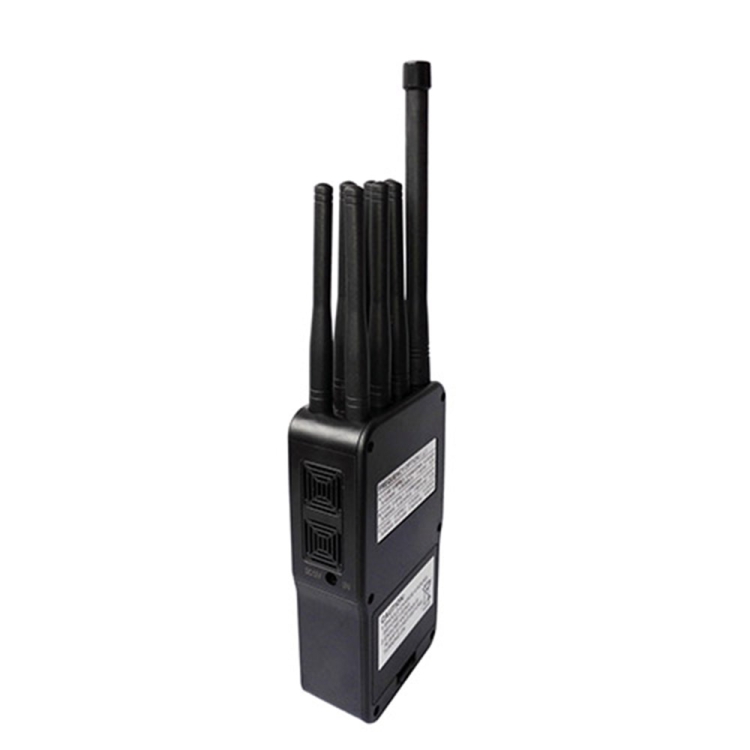
Surveillance Using WiFi Technology: Potential Dangers and Implications
This post is intended as a brief detailed exploration of through-the-wall surveillance using WiFi technology, examining its many dangers and implications: In an age where technology advances at an unprecedented rate, through-the-wall surveillance using WiFi technology has emerged as a powerful tool with significant implications. This article further explores the potential dangers and consequences of this technology, focusing on privacy, security, ethical concerns, and societal impact.
Introduction to Through-the-Wall Surveillance
Through-the-wall surveillance leverages WiFi signals to detect and monitor movements behind solid objects such as walls. By analyzing the distortions in WiFi signals caused by objects and people, sophisticated algorithms can reconstruct images and track movements. This technology, while impressive, raises numerous concerns.
Privacy Concerns and Invasion of Personal Space
Through-the-wall surveillance poses a significant threat to personal privacy. The ability to monitor activities inside private spaces without the knowledge or consent of the occupants represents a severe invasion of personal space. This can lead to a sense of violation and a loss of control over one’s environment.
Unwarranted Surveillance
The potential for unwarranted surveillance is a primary concern. Without stringent oversight and clear regulations, there is a risk that individuals, corporations, or government entities could use this technology to monitor people without just cause. This could lead to a chilling effect on personal freedoms and behaviors.
Security Risks and Data Vulnerability
The data collected through WiFi surveillance is vulnerable to breaches and misuse. If this data falls into the wrong hands, it could be used for malicious purposes, including blackmail, identity theft, or unauthorized access to private information. Ensuring the security of this data is paramount to prevent such outcomes.
Exploitation by Malicious Actors
Malicious actors could exploit through-the-wall surveillance for criminal activities. For instance, burglars could use this technology to ascertain the layout of a building, identify valuable items, or monitor the movements of occupants to plan their actions. This represents a significant risk to personal and property security.
Ethical and Moral Implications
Consent and Autonomy: One of the core ethical concerns revolves around the issue of consent. Using technology to monitor individuals without their knowledge or consent violates the principle of autonomy. It is crucial to establish clear guidelines that respect individuals’ rights to control their personal information and environment.
Misuse of Power
There is a potential for misuse of power by those who have access to through-the-wall surveillance technology. Whether in the hands of governmental authorities, law enforcement, or private entities, the temptation to overreach and monitor individuals without proper justification is a serious ethical concern.
Societal Impact and Erosion of Trust
The widespread use of through-the-wall surveillance could lead to an erosion of trust within society. People may become increasingly wary of their surroundings, unsure if they are being monitored at any given time. This could create an atmosphere of suspicion and anxiety, undermining social cohesion.
Impact on Social Behavior
Knowing that their actions could be monitored through walls may cause people to alter their behavior, even within their own homes. This self-censorship can have far-reaching implications on personal freedom, creativity, and overall well-being. The psychological impact of constant surveillance is a significant concern.
Regulatory and Policy Considerations
Need for Robust Legislation: To mitigate the dangers and implications of through-the-wall surveillance, robust legislation is essential. Clear laws and regulations must be established to govern the use of this technology, ensuring it is deployed responsibly and ethically. This includes provisions for obtaining consent, limiting the scope of surveillance, and protecting collected data.
Oversight and Accountability
Effective oversight and accountability mechanisms are crucial. Independent bodies should be tasked with monitoring the use of through-the-wall surveillance technology, ensuring compliance with legal and ethical standards. This can help prevent abuse and build public trust in the technology’s application.
Technological Safeguards
Encryption and Security Measures
Implementing strong encryption and security measures can help protect the data collected through WiFi surveillance. By safeguarding this data, we can reduce the risk of breaches and misuse, ensuring that the technology is used responsibly and securely.
Transparency and Public Awareness
Transparency in the deployment and use of through-the-wall surveillance technology is essential. Public awareness campaigns can educate people about their rights, the capabilities and limitations of the technology, and the safeguards in place to protect their privacy and security.
Conclusion
Through-the-wall surveillance using WiFi technology is a powerful tool with significant potential implications. While it offers unique capabilities, it also presents numerous dangers related to privacy, security, ethical concerns, and societal impact. Addressing these challenges requires a multi-faceted approach, including robust legislation, effective oversight, technological safeguards, and public awareness. Only through a balanced and responsible approach can we harness the benefits of this technology while minimizing its risks and protecting the rights and freedoms of individuals.
Some Final Thoughts
As we continue to navigate the complexities of this digital age, it is crucial to remain vigilant about the implications of emerging technologies. Through-the-wall surveillance using WiFi technology is a testament to the incredible advancements we have achieved, but it also serves as a reminder of the importance of ethical considerations and the protection of personal freedoms in an increasingly interconnected world.

